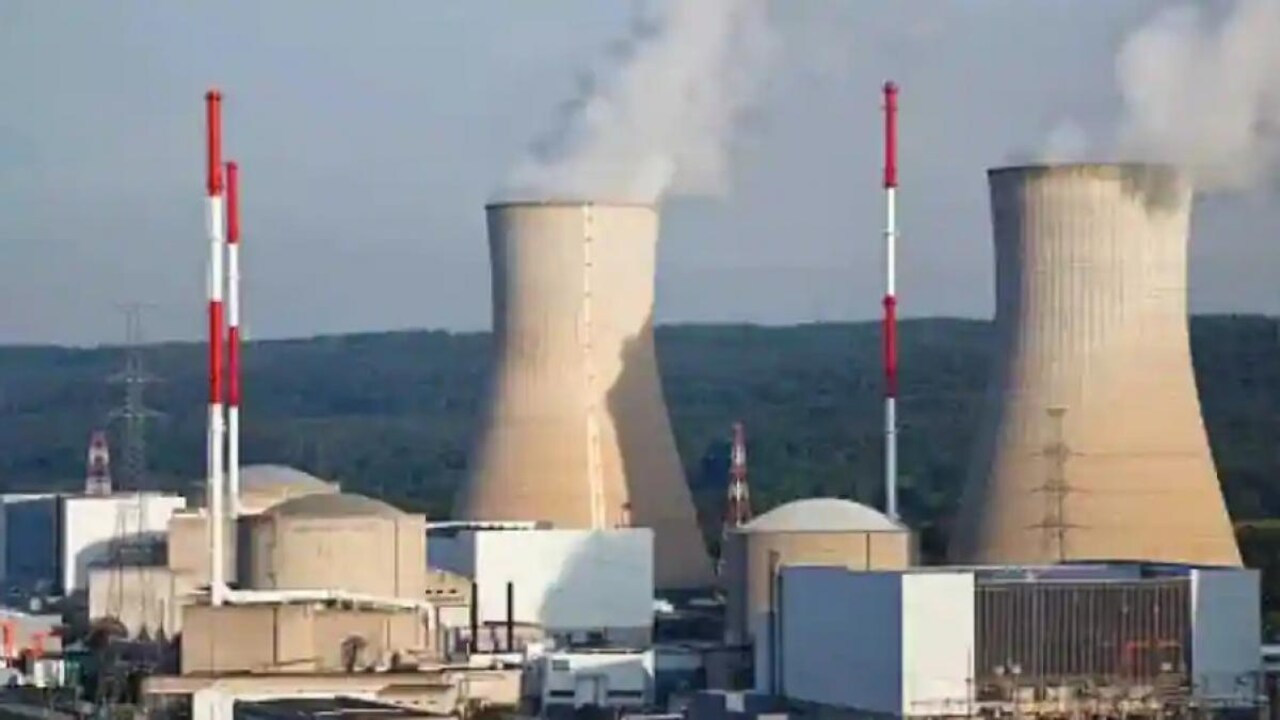Nuclear energy capacity
Why in news?
Prime Minister made several major announcements about nuclear energy capacity during his Independence Day address on August 15, 2025:
Key highlights:
- Tenfold Increase Target: Modi stated that India is rapidly working on 10 new nuclear reactors and has set an ambitious goal to increase the country’s nuclear energy capacity tenfold by 2047, coinciding with the centenary of India's independence.
- Reforms and Private Sector Participation: Modi emphasized major reforms in the nuclear energy sector, including opening the field to the private sector. The government plans to amend the Atomic Energy Act and related legislation to encourage broader participation, attract investment, and potentially allow foreign companies to take minority stakes in nuclear plants (while maintaining state control over reprocessing and plutonium management).
- Clean Energy Commitment: Modi noted that nuclear energy is critical for long-term energy independence and for reducing reliance on imported fossil fuels, a significant financial burden for the country.
- Broader Energy Strategy: Alongside nuclear expansion, Modi highlighted India’s achievements in solar energy, hydropower, and green hydrogen—spotlighting energy self-reliance as a cornerstone of his vision for “Viksit Bharat 2047,” or a fully developed India by 2047.
- Projected Impact: If India meets its tenfold target, nuclear will contribute about 5% of total electricity supply by 2047, versus under 2% today. India’s current nuclear capacity is around 8.8GW.
Private investment is poised to be transformative for India's nuclear energy expansion, with several key effects:
1. Increased Capital and Faster Growth
- Opening nuclear energy to private and foreign investors is expected to attract around $26 billion in new capital, reducing reliance on state funding and enabling faster deployment of new reactors.
- Private sector efficiency could significantly reduce India’s historically long nuclear plant construction timelines—from a median of 14 years to potentially just 5-7 years.
2. Public-Private Partnerships and Joint Ventures
- Private companies, via joint ventures and equity participation with NPCIL (the state nuclear utility), will help build, operate, and supply equipment for nuclear plants.
- This broadens the base of contributors, draws on private expertise, and allows risk-sharing, making nuclear expansion more financially feasible for the government.
3. Technology Innovation
- Private involvement will help drive research, innovation, and local manufacturing—especially for advanced reactors and small modular reactors (SMRs). India plans to develop Bharat Small Reactors in collaboration with private and foreign firms.
- Global technology transfer is likely as foreign companies become able to hold minority stakes, bringing advanced expertise into India's nuclear ecosystem.
4. Legal & Legislative Reforms
- India is moving to amend its Atomic Energy Act and Nuclear Liability Law, paving the way for:
- Cap vendor liability and simplify legal risks for investors.
- Allow private and foreign players to co-own and operate nuclear plants (with safeguards on sensitive activities).
- Liberalize uranium mining, import, and fuel processing.
5. Energy Security & Net-Zero Goals
- Private participation is expected to speed up the nuclear sector’s contribution to energy security and net-zero carbon goals, potentially enabling India to reach its target of 100GW nuclear capacity by 2047 and to meet rising electricity needs more reliably.
6. Challenges
- Success relies on robust safety regulation, stakeholder consensus, and legislative progress.
- Political opposition, public safety, and the creation of effective oversight mechanisms will be essential to manage risks.
Download Pdf


Get in Touch




